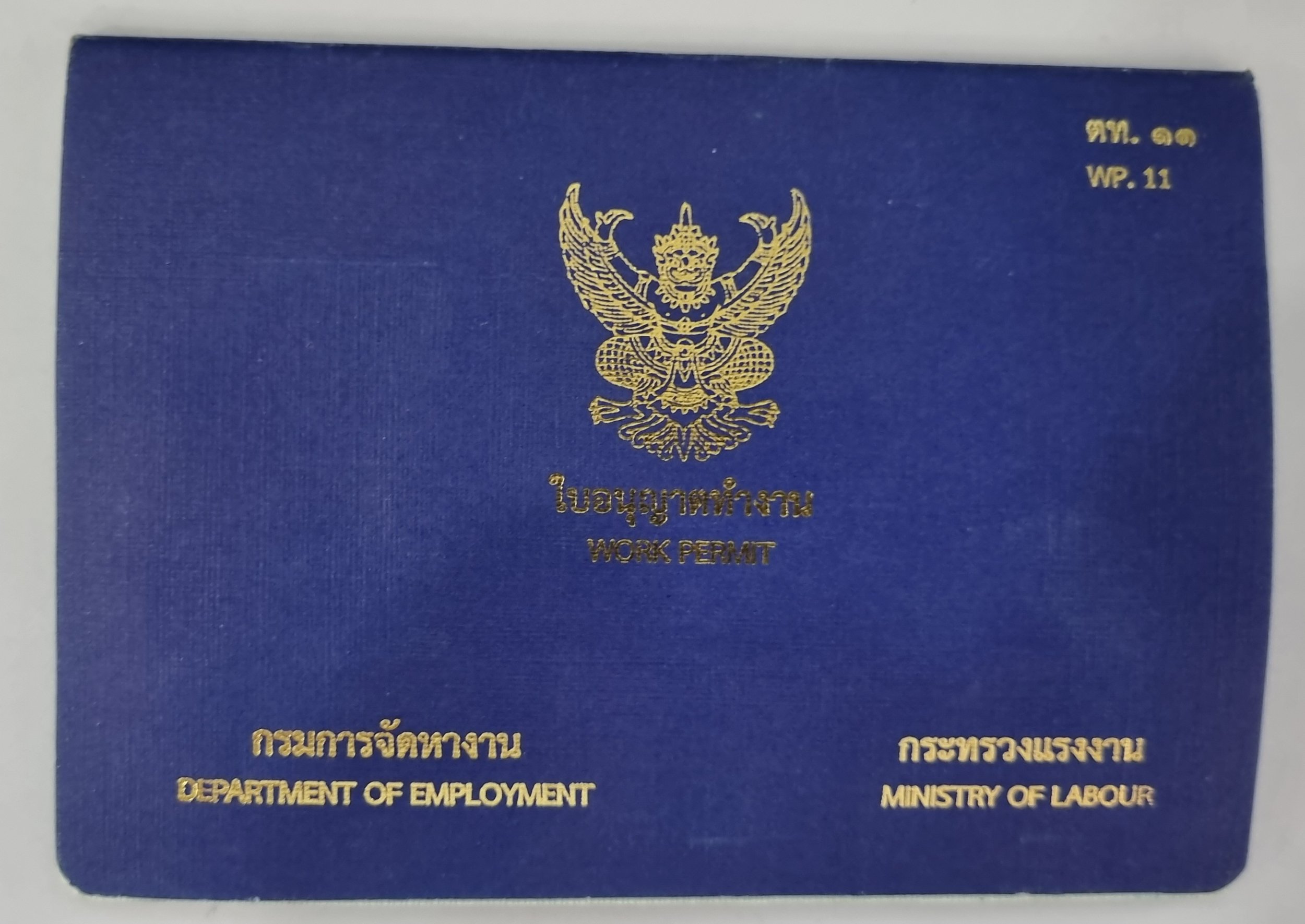Communicating in Thailand: Thai Phrases 2025 — KET
If you plan to stay in Thailand for any length of time, learning basic Thai phrases will enhance your travel experience in this beautiful Southeast Asian country.
While it’s helpful to learn to read and write Thai, it’s not necessary; instead, focus on speaking the language. Master essential Thai phrases for daily use.
This guide offers useful Thai phrases and language tips to help you communicate effectively.
Thai culture values language as a means to connect with locals; even a small effort to speak the local language can lead to warm and meaningful interactions.
From ordering food to navigating markets, understanding Thai words and phrases will make your trip more enjoyable.
Let’s dive into the Thai language, its structure, and key Thai phrases to get you started.
Thai Language Structure
The Thai alphabet is syllabic, not ideographic like Chinese, and represents words.
It has 44 consonants and 21 vowels, created by King Ramkhamhaeng the Great.
Vowels can appear before, above, below, or on either side of consonants, and sentences are written left to right with no gaps between words.
The Thai language also uses its numerals, although Arabic numerals are sometimes used for dates; official documents, however, primarily use Thai numerals.
The Thai language is tonal, with five tones that change word meanings: low, mid, high, rising, and falling.
It’s advisable to check pronunciation when using Thai phrases, as incorrect tones can alter meanings. For example, "kao" (mid-tone) means "nine," but "kao" (rising-tone) means "to enter."
Thai grammar differs from English: nouns lack plurals, pronouns may be omitted, tense isn’t typically indicated, and adjective-noun order is reversed (e.g., "beautiful house" in Thai is "house beautiful").
Focusing on context rather than accuracy and building a vocabulary of basic Thai words can facilitate easier communication.
vowel symbols
Cultural Significance of Language in Thailand
Learning the local language shows respect for Thai culture.
Thai people appreciate when foreigners attempt to speak their language, often leading to smiles and positive interactions. Even if your pronunciation isn’t perfect, the effort fosters goodwill.
They may chuckle at your attempts, but this is a lighthearted response, so don’t be discouraged.
Polite particles are key in Thai: male speakers use “khrab,” while female speakers use “kha” at the end of statements or questions.
For example, “Hello” is “Sa watdii khrab” for men and “Sa watdii kha” for women, reflecting the emphasis on politeness in Thai culture.
Challenges in Communication
English can be challenging for Thai people to speak, as schools often prioritize grammar over speaking and listening, resulting in a relatively low standard of English in Thailand.
They often read English better than they speak it, so writing down your message can help. I’ve had success with this when verbal communication failed.
Thai and Western languages differ greatly. Thai is tonal, lacks plurals, omits pronouns, and reverses adjective-noun order.
Thai people may struggle with English pronunciation, inserting vowels between consonants (e.g., “wise” becomes “semart”) or dropping consonants (e.g., “excuse me” becomes “sku me”).
Words ending in “l” become “n” (e.g., “bill” becomes “bin”), so you’ll hear “check bin” at a restaurant.
Other examples include “sandwich” as “senwit” and “Matthew” as “Matchew.”
If you notice confusion, simplify your English, speak slowly without intonation, and stay calm; things can get lost in translation.
Essential Thai Phrases for Travelers
Greetings and Polite Expressions
Learning basic Thai phrases can significantly enhance your travel experience.
Here are some essential Thai phrases:
Hello in Thai: “Sa watdii” (also means “good day”).
Good morning: “Sa watdii dtaawn chaao.”
Good afternoon: “Sa watdii dtaawn baai.”
Good evening: “Sa watdii dtaawn yen.”
Good night: “Ra-trii sawat.”
Goodbye in Thai: “La gon” (casual goodbye).
Thank you: “Kob khun” or “Khob khun.”
No, thank you: “Mai pen rai” (also “no problem”).
Excuse me: “Kaw tawt” or “Kor tot” (also written as “khor thot,” a polite way to get attention or apologize).
Yes: “Chai.”
No in Thai: “Mai chai” (polite no).
The traditional Thai greeting is the “wai,” pressing palms together and bowing slightly, a respectful way to greet locals.
Asking Questions and Navigating
These key Thai phrases help with navigation:
How are you?: “Sabai dee mai?” or “Sabai dii mai?”
I am fine: “Sabai dee” or “Sabai dii.”
Where is the bathroom? “Hong naam yuu tii nai?” (for finding the bathroom).
How much?: “Thao rai?” or “Nee tao rai?” (for bargaining).
I don’t understand: “Mai khao jai.”
Basic Thai phrases can help navigate transportation and handle emergencies, such as asking for the airport (“Sanaam bin”) or clarifying a taxi fare.
Ordering Food and Drinks
These Thai phrases make ordering food easier:
I would like ___, please: “Chan yak dai ___ karuna” (e.g., “Chan yak dai bia karuna” for “I would like a beer, please”).
Not spicy: “Mai phet” or “Mai pet” (if you don’t want spicy food).
Delicious in Thai: “Aroy” (to compliment food).
Water: “Naam.”
Beer: “Bia.”
Coffee: “Gaffee.”
Iced coffee: “Gaffee yen.”
Tea: “Cha.”
Complimenting food by saying ‘aroy’ is appreciated in Thai culture, as it shows gratitude for the meal.
Practical Thai Language Tips
Bargaining and Shopping
Thailand is known for bartering in markets. Using Thai phrases can be helpful when bargaining in Thai markets, but do so politely with a smile.
Ask “Thao rai?” for the price, then negotiate. If it’s too high, say “Mai chai” to decline, keeping the exchange fun and respectful.
Expressing Gratitude and Time
While “Kob khun” means “thank you,” expressing gratitude through actions like a smile or wai is more common in Thai culture.
After a meal, saying “Aroy” with a smile shows appreciation.
Telling time in Thai is unique, dividing the day into seven parts e.g.,
“Hok Mong Chau” (6:00 am),
“Tian Wan” (noon),
“Hok Mong Yen” (6:00 pm),
“Tian Kern” (midnight).
Minutes (“natee”) follow the hour, e.g., “Tian Kern sip natee” (ten past midnight).
Confirm times for taxis or meetings to avoid confusion.
Addressing People and Practicing with Locals
Greet people with “Khun” (Mr., Mrs., Ms., or Miss) before their name, e.g., “Khun Kanjani.”
Thai people often use first names in English, like “Mr. Matthew,” especially in schools.
Practicing Thai with locals is the best way to improve.
Engage at markets or restaurants, they’ll appreciate your effort and help with pronunciation.
Practicing “Sabai dee mai?” with a vendor can spark a friendly exchange, helping to build your confidence in basic Thai.
Communicating in Thailand: Dos and Don’ts
When in Thailand, Do
Avoid close contact.
Be polite and respectful.
Dress smartly and conservatively.
Flatter and compliment people.
Keep your cool at all times.
Show respect for monks and the Royal Family.
Smile and be patient.
Speak gently and clearly.
Take off your shoes when entering a house, temple, or shop.
Use first names preceded by “Khun.”
Respect the national anthem by standing to attention.
Greet Thai people with a traditional Thai wai the first time you meet them daily.
When in Thailand, Don’t
Don’t be sarcastic.
Don’t whine or scrutinize.
Don’t cross your legs with the bottom of your foot showing.
Don’t gesture avidly.
Don’t get annoyed.
Don’t point at people.
Don’t point with your feet.
Don’t shout.
Don’t touch people’s heads.
Respect the chain of command in your workplace.
Don’t discuss the Royal Family or politics.
Frequently Asked Questions About the Thai Language
What Are Common Thai Phrases?
Common Thai phrases include greetings like
“Sa watdii” (hello),
“Kob Khun” (thank you),
and “Mai chai” (no).
When ordering food, use “Chan yak dai ___ karuna” (I would like ___, please) and complement with “Aroy” (delicious).
What Does “Jing Jing” Mean in Thai?
“Jing jing” means “really” or “truly” in Thai and is often used for emphasis; for example, “Aroy jing jing” means “really delicious.”
What Does “Sabai Dee Mai Ka” Mean?
“Sabai dee mai ka” (or “Sabai dii mai kha” for female speakers) means “How are you?” in Thai. It’s a friendly way to check on someone’s well-being.
What Does “Mai Au” Mean in Thai?
“Mai au” means “I don’t want” in Thai, often used when declining something politely, e.g., “Mai au phet mak” means “I don’t want it too spicy.”
Final Thoughts
We hope this post has inspired and empowered you on your teaching journey in Thailand!
Kids English Thailand supports you with tips, insights, and resources to make your experience unforgettable.
Want to dive deeper or have questions?
Check out our related posts below, or connect with our community of educators making a difference in Thailand.
Let’s keep thriving together!





















KET teacher Nicole shares her real 2026 DIY visa run to Laos: saved money vs agencies (~8,050 THB total), step-by-step guide, common mistakes, and adventure highlights in Vientiane & Vang Vieng. Turn your Non-B extension into a mini-holiday!